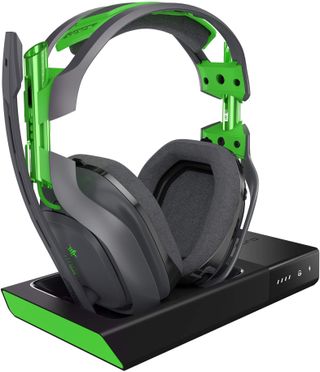5 important things to know before buying an Xbox headset
These five essentials shouldn't be forgotten when buying an Xbox One headset.
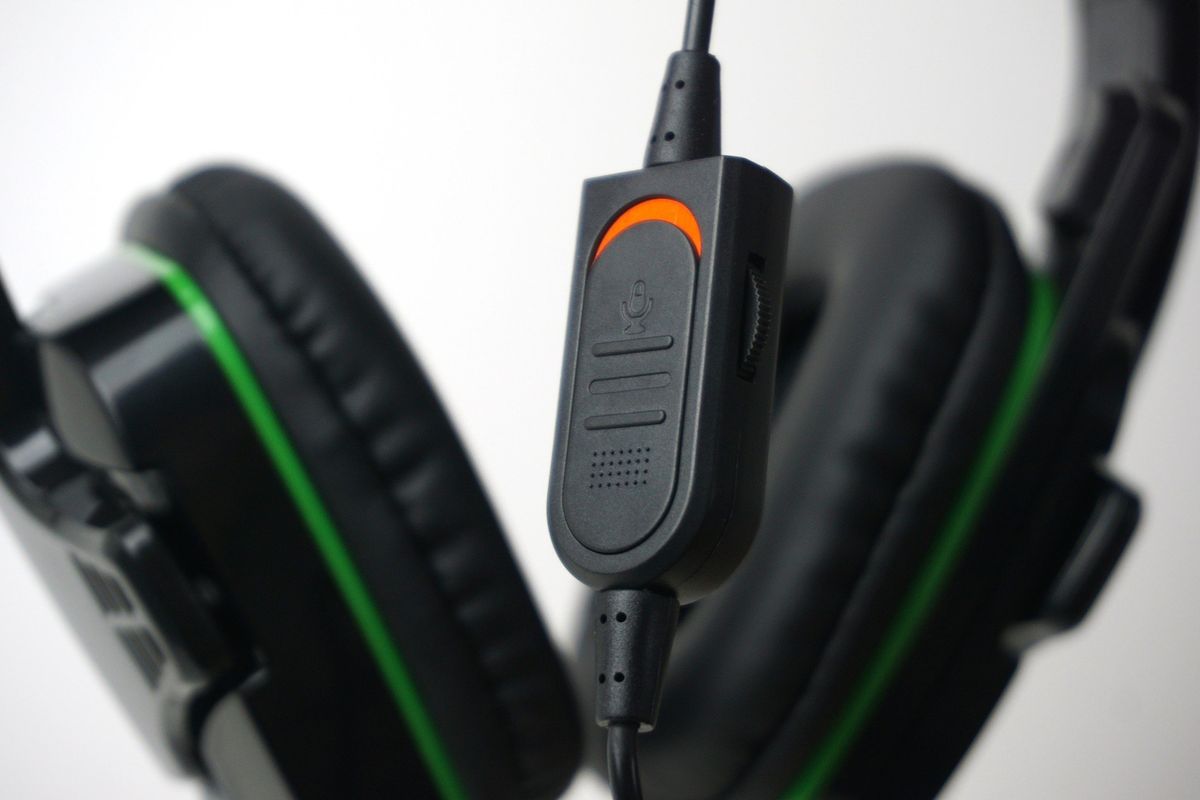
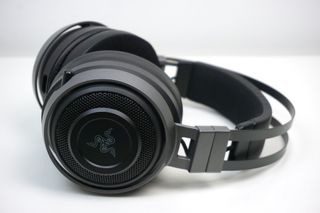
So, you're looking to buy a new Xbox headset? There's an overwhelming range of choices, with third-party manufacturers touting diverse Xbox One headset lineups. And with more features than ever, research is essential to find the best option for you.
We wrapped up five things you need to look out for when in the headset market, and we included our top recommendations.
1. Cutting the cable: Wired vs. wireless
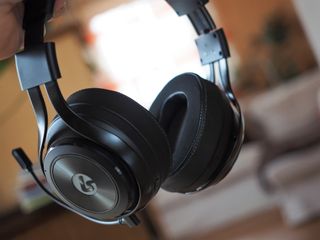
Choosing between wired or wireless is key to finding the best headset for you. Both styles offer advantages and downsides, and they're best suited for different types of gamers.
Wireless headset adoption is on the rise, cutting the cables for free movement and a sleek design. Connected either directly or via a transmitter, wireless headsets are convenient for living room use, among other things.
However, wireless presents issues otherwise avoided by keeping the wires. Battery life is typically the deal breaker, varying between headset models and usage. You'll need to keep topped-up to guarantee charge for lengthy gaming sessions. Cable-free Xbox headsets also limit how you use your headset, often tied to Microsoft's proprietary Xbox Wireless protocol over trusty standards like Bluetooth or a 3.5-mm jack. All this comes at a premium, too, and wirelesss headsets are generally priced higher than wired counterparts.
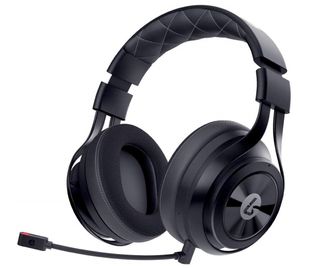
The best wireless Xbox One headset on the market today. Period.
LucidSound's LS35X is a stunning product that delivers on all of its promises. It's a gorgeous wireless solution that stands out from the competition.
2. Enhance your audio: Understanding stereo and surround sound
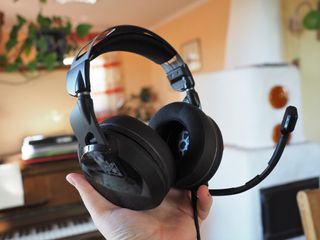
Surround sound is another staple of any Xbox headset, elevating your gameplay with directional audio. It makes games more immersive and can improve your skills across competitive titles. However, surround sound implementation varies between headsets.
Stereo sound
Stereo headsets are an essential entry-level Xbox companion. These headsets offer the baseline for directional audio and are limited to left and right channels. Both budget and premium headsets frequently utilize stereo sound, often bolstered with additional enhancements, too.
Get the Windows Central Newsletter
All the latest news, reviews, and guides for Windows and Xbox diehards.
Virtual surround sound
Overlooking its sometimes-misleading name, virtual surround sound is a method of enhancing any standard stereo headset. The technology optimizes stereo audio delivery without hardware changes, aiming to emulate surround sound. Common tricks include tweaking volume and delaying audio between ears, changing how the output is perceived.
Dolby Atmos and Windows Sonic are the latest advancements for Xbox One, adopting virtualized "spatial sound." Spatial sound maps audio to a digital three-dimensional space instead of fixed channels, improving directional precision. Dolby Atmos is a paid $15 license, while Windows Sonic is a free alternative, both compatible with any Xbox headset.
True 5.1 and 7.1 surround sound
True surround sound headsets lead the pack, promising fully immersive audio spanning multiple speakers. The 5.1 and 7.1 devices pack five or seven drivers, with corresponding channels for greater accuracy. While generally perceived as the best surround experiences, these headsets can be overkill.

Premium sound for a bewilderingly low price.
The Turtle Beach Elite Atlas brings a premium stereo headset experience for just $100, granting such a large edge in shooters that you'll struggle to find elsewhere.
3. Block out the world: Passive vs. Active Noise Cancellation

Some headsets boast processes to eliminate ambient sounds, either via active or passive noise cancellation. Cutting the background noise keeps your focus on the game and drowns out distractions.
Passive noise canceling headphones seal your ear and physically isolate outside noise. These headphones are reliant on a sound-tight earcup design and generally dampen background noise. Active noise cancellation is an advanced alternative, analyzing surroundings to eliminate these distractions. This is achieved by processing background noise and creating inverse sound waves to counter noise.
For many, noise cancellation is excessive for everyday gaming. If you play games in a loud environment, a noise-canceling headset could be valuable. However, the average living room probably doesn't need the technology.

Get affordable, effective noise cancellation on Xbox One.
Turtle Beach Stealth 700 is an affordable headset, packing onboard active noise-cancellation. Paired with solid audio and convenient direct Xbox Wireless support, it's a headset worth consideration.
4. Find the best fit: Comfort
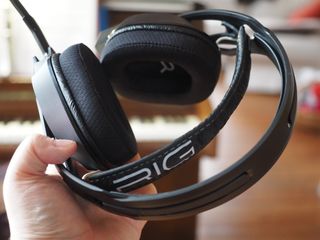
While easy to overlook, every gaming headset should also be comfortable. Multi-hour gaming sessions can be a struggle with an unwieldy device, making its on-head feel equally valuable.
A headset's comfort comes purely down to design, with manufacturers regularly pushing features to improve this. Look out for lightweight options with a padded headband to minimize stress. Also consider which earcup style is for best you, between an encapsulating "over-ear" design or "on-ear" padding.
Finally, recognize the materials in use; while a leather-lined finish is a welcome touch, those breathable cooling gel-infused earcups can mean long-term rewards.
5. Talk the talk: Microphone and monitoring
With the rise of multiplayer gaming, Xbox headsets are also essential for voice chat. Most gaming headsets now sport integrated microphones accompanied by a range of features.
A variety of Xbox headsets feature detachable, retractable, and opposable microphones, offering the flexibility to reposition for an improved fit. Most can also be stowed away to maintain a low profile when not in use.
Microphone monitoring is a valuable addition, especially with the rise of noise-blocking headsets. The feature plays back your voice as you speak, preventing you from shouting to compensate for an isolating headset.
Our favorite Xbox One headsets
With dozens of great headsets available, it's hard to track down the best. Still, we rounded up our top picks for Xbox One owners below.

Premium sound, budget-friendly price.
Crowned our top Xbox headset of 2019, the Turtle Beach Elite Atlas delivers an unbeaten fusion of performance and comfort at a low price.
Matt Brown was formerly a Windows Central's Senior Editor, Xbox & PC, at Future. Following over seven years of professional consumer technology and gaming coverage, he’s focused on the world of Microsoft's gaming efforts. You can follow him on Twitter @mattjbrown.
